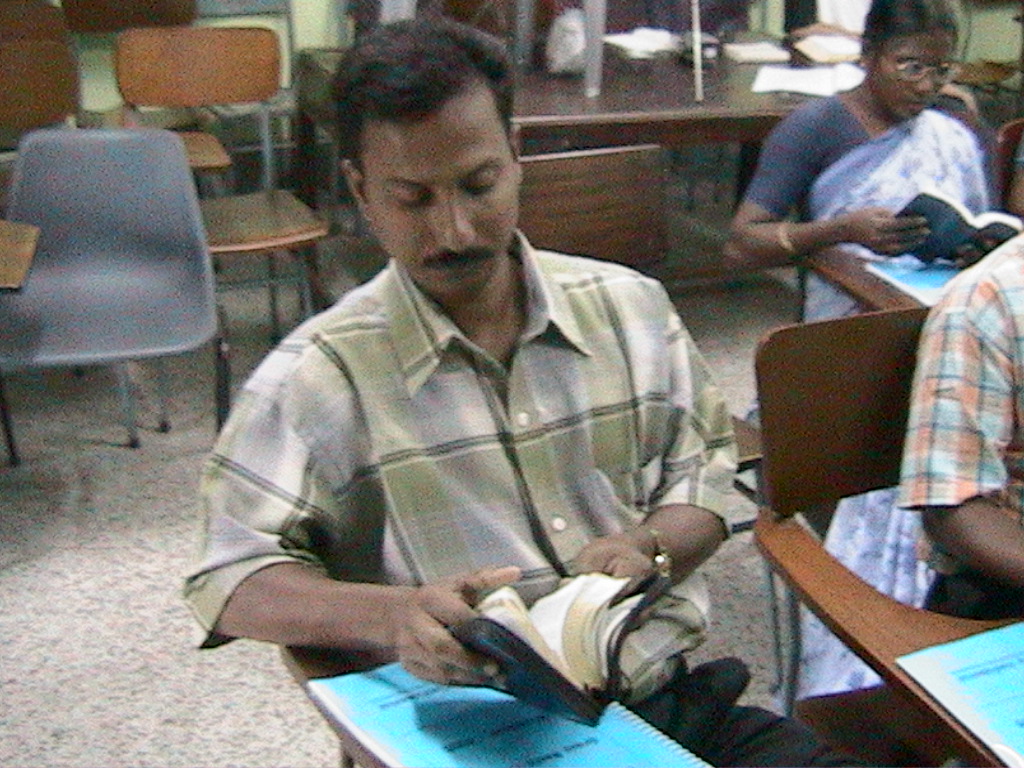
Urban Leadership Foundation
A hub for leadership training in cities and among the world's 1.4 billion slum-dwellers
If you have vision without structure change dies with the visionary. If you have structure without vision you have passionless bureaucracy.
Some new studies define leaders as those who perform key tasks—such as recruitment, mobilization of resources, formation of movement organizations (McCarthy and Zald 1977) or tactical innovation (McAdam 1983)— we maintain that movements make leaders as much as they are made by them. Thus, we define leaders in relational terms, as individuals and teams of individuals who exercise authority within a movement (Ganz 2000).
Using this definition, we propose a unified concept of Leadership characteristics. Employing diverse terminology and approaches, scholars have so far identified a number of traits that movement leaders share. We synthesize these views under the concept of “Leadership capital.” Second, we seek to integrate our findings with today’s dominant collective action theories by focusing on Leadership’s effects on several common and crucial issues: (a) mobilization of aggrieved parties; (b) activation of third parties whose resources and support are often crucial to movement development;and (c) repression by states and other opponents.
Nepstad, S. E. and C. Bob (c2007). "When Do Leaders Matter? Hypothese on Leadership Dynamics in Social Movements." Mobilization: An International Journal 11(1): 1-22 11(1): 1-22
What is the ideal way to develop Leadership? Every society provides its own answer to this question, and each in groping for answers, defines its deepest concerns about the purposes, distributions, and uses of power...Leadership inevitably requires using power to incfluence the thoughts and actions of other people... A managerial culture emphasizes rationality and control... a manager is a problem solver...To fulfil his or her task, a manager requires that many people operate efficiently at differnet levels of status and responsibility. It takes neither genius nor heroism to be a manager, but rather persistence, tough-mindedness, hard work, intelligence, analytical abilitiy, and perhaps most important, tolerance and goodwill.
Another conception of leadership, however, attaches almost mythical beliefs to what a leaser is and assumes that only great peple are worthy of the drama of power and politics. here Leadership is apsychodrama in which a brilliant , lonely person must gain control of himself or herself as a precondition for controlling others. Such an expectation of Leadership contrasts sharply with the mundane, practical, and yet important conception is really managing work that other people do.
Abraham Zalenski (2005). Managers and Leaders: Are They DIfferent? Harvard Business Review on the Mind of the Leader. pp. 73-5.
The classic definition is that of Gerlach and Hine.
This course considers the development of Leadership theory, examines elements of transformational Leadership, and explores how transformational leaders move people, groups and organizations toward change. J. M. Burns’ definition provides the baseline for understanding Leadership as the process of moving people toward higher moral agency, raising consciousness and effecting change through embodying reflective, systems-based, relational, and spiritual Leadership. Students will engage in self-discovery, consider case studies and analyze Leadership on various levels of influence.
Students will be able to contrast various definitions of movement Leadership